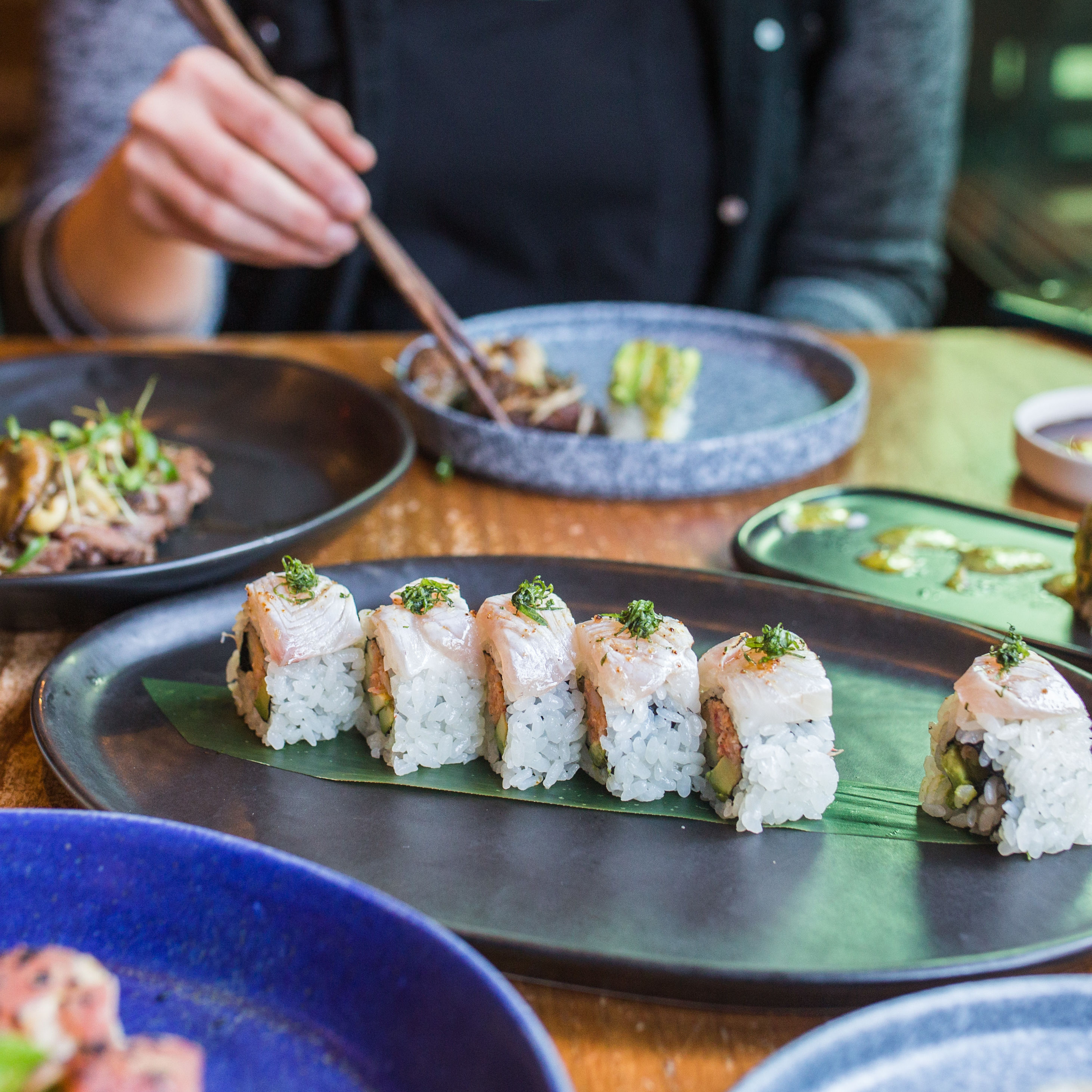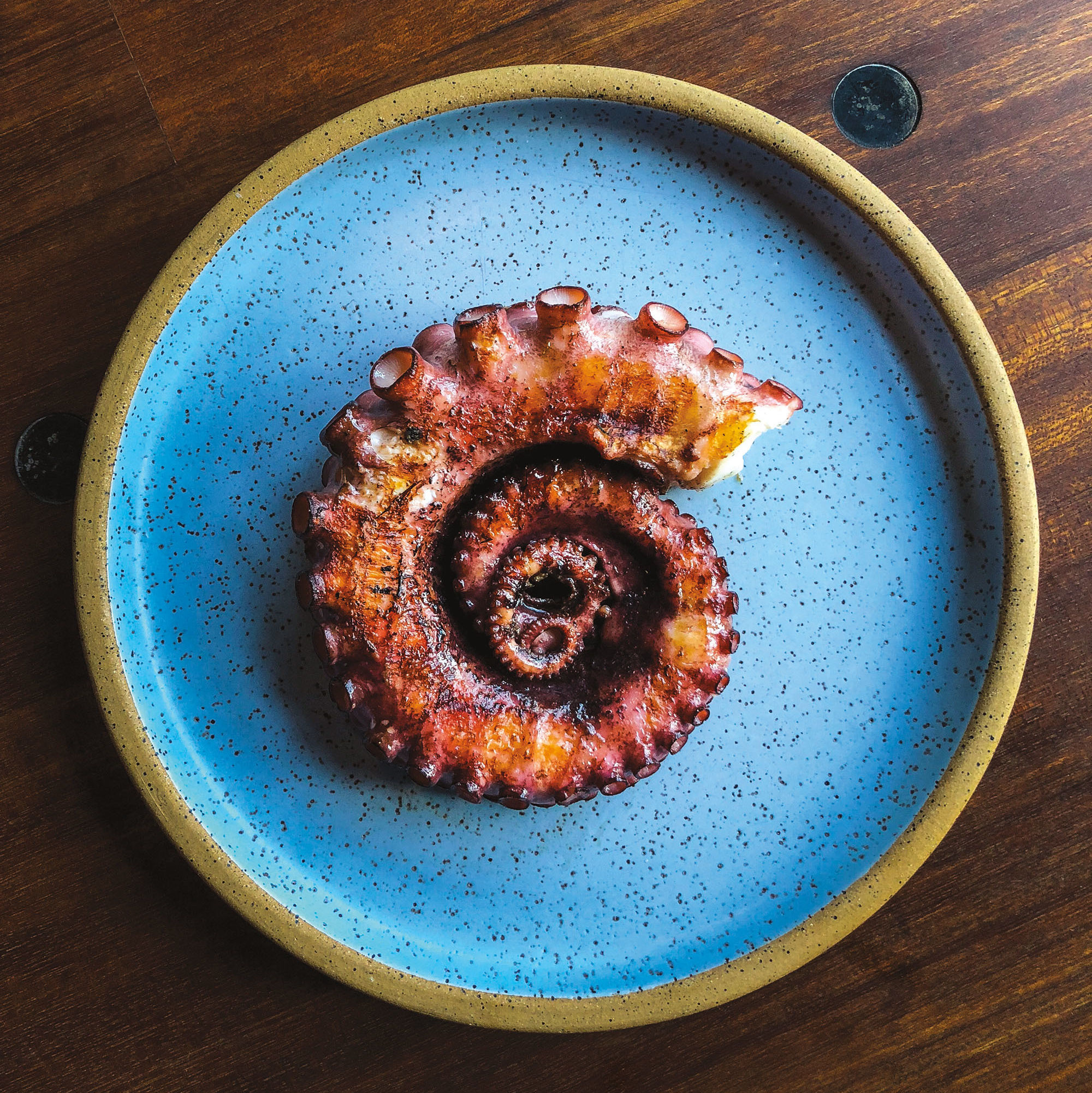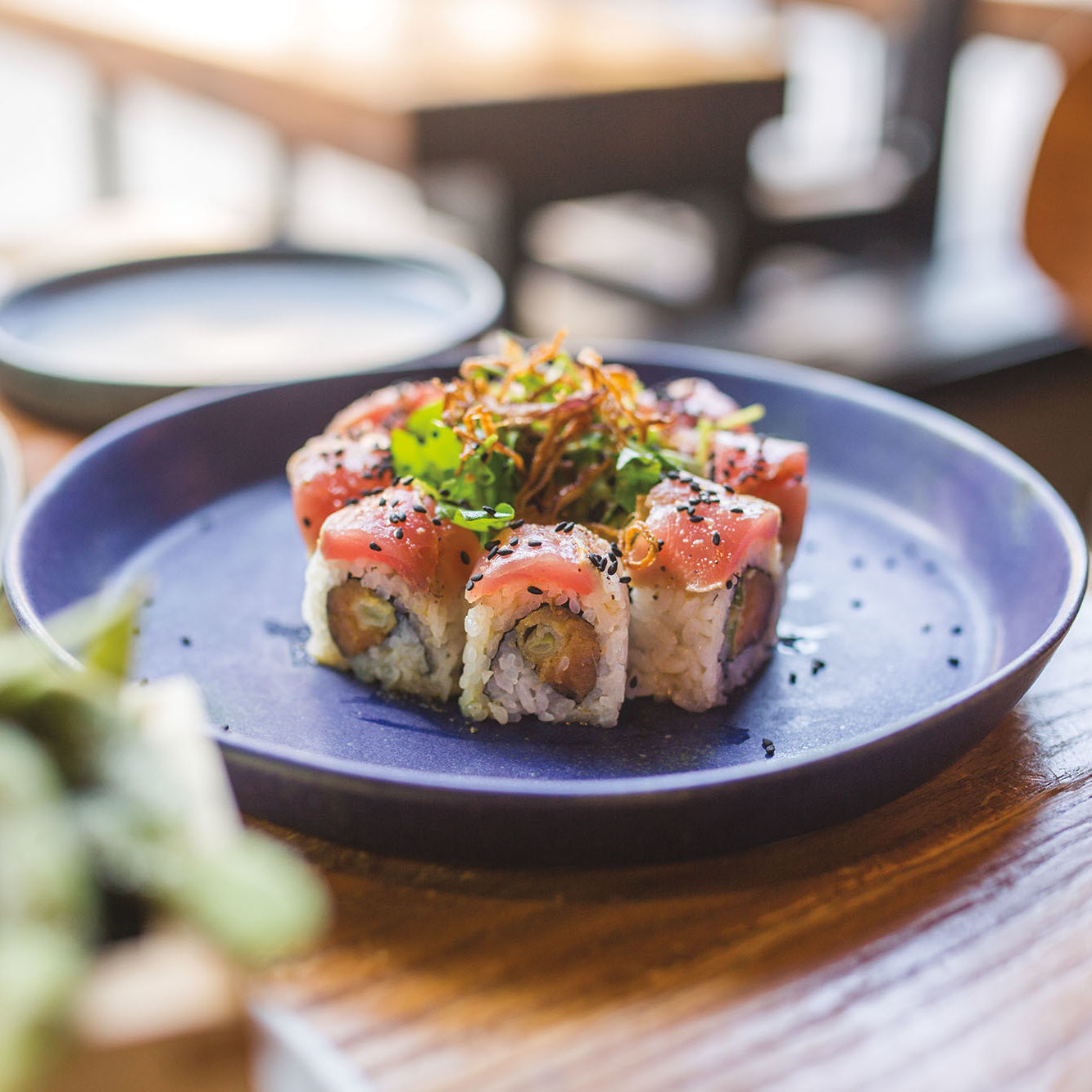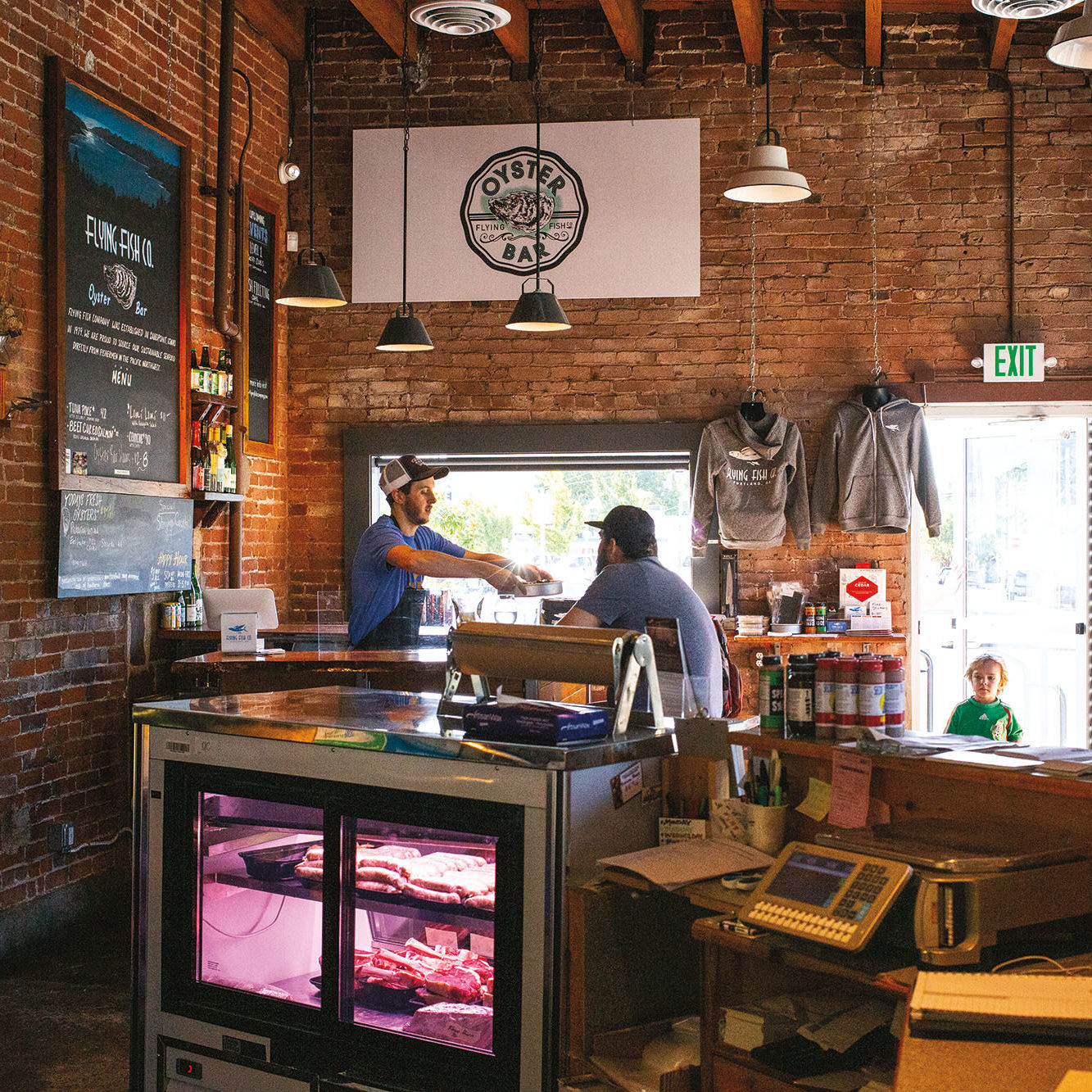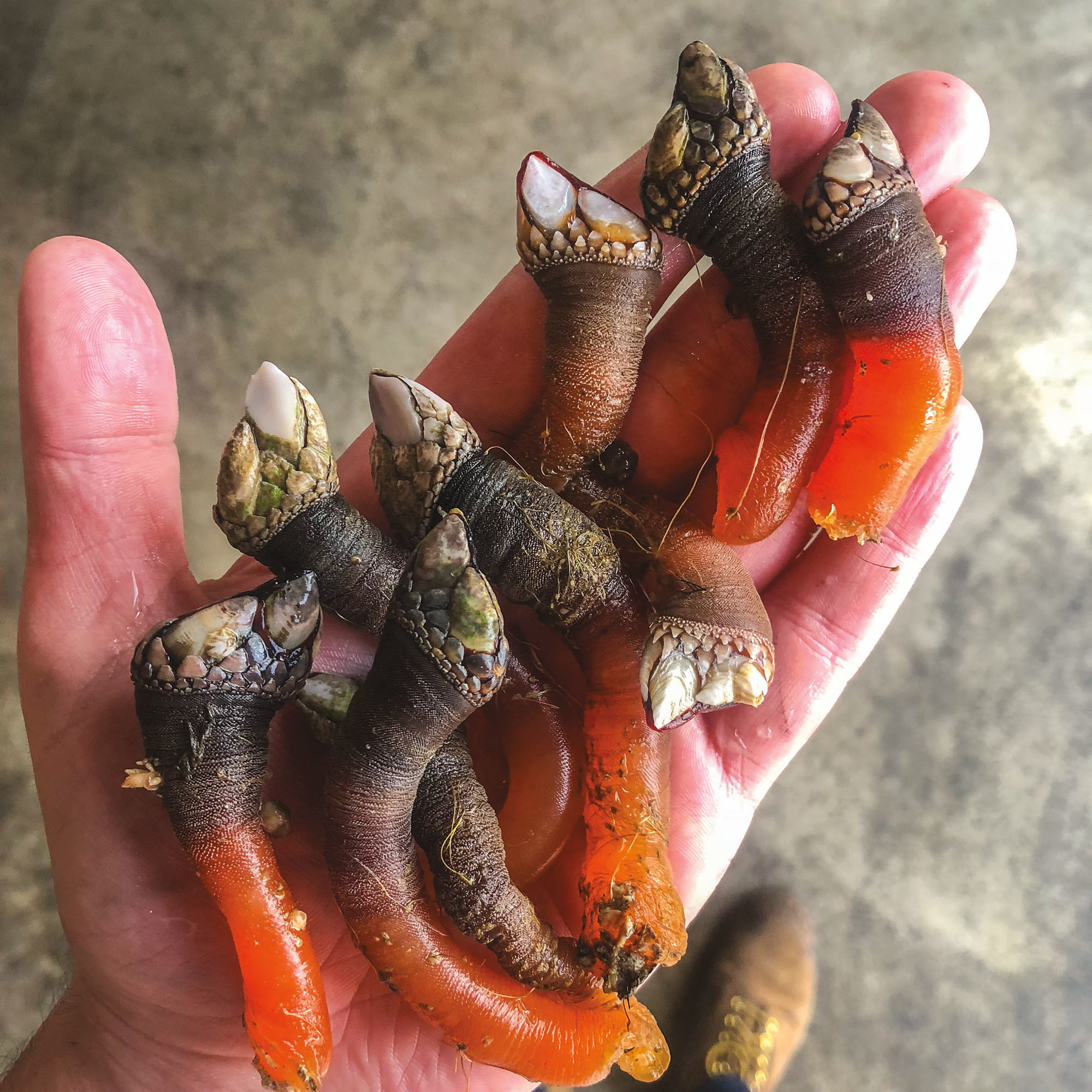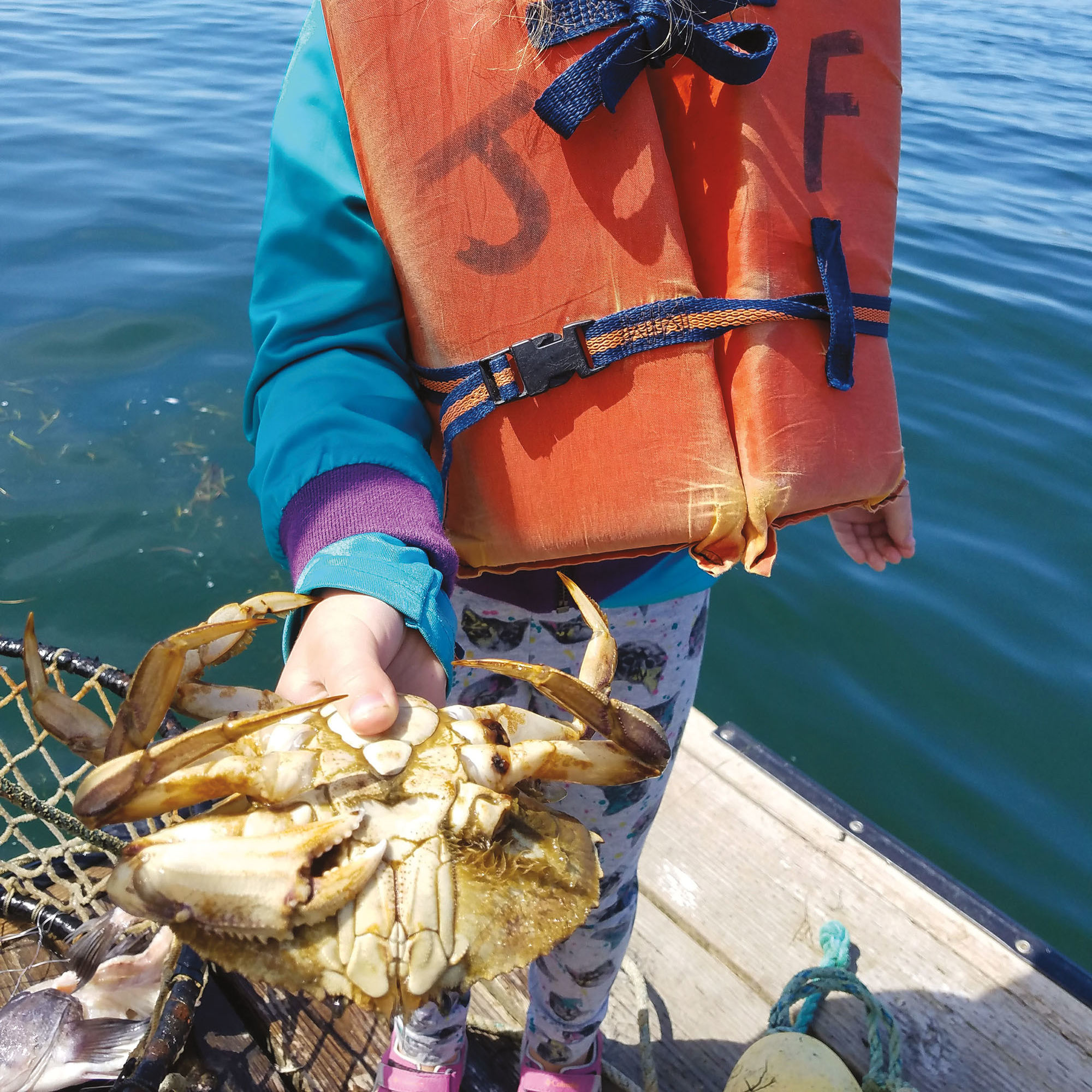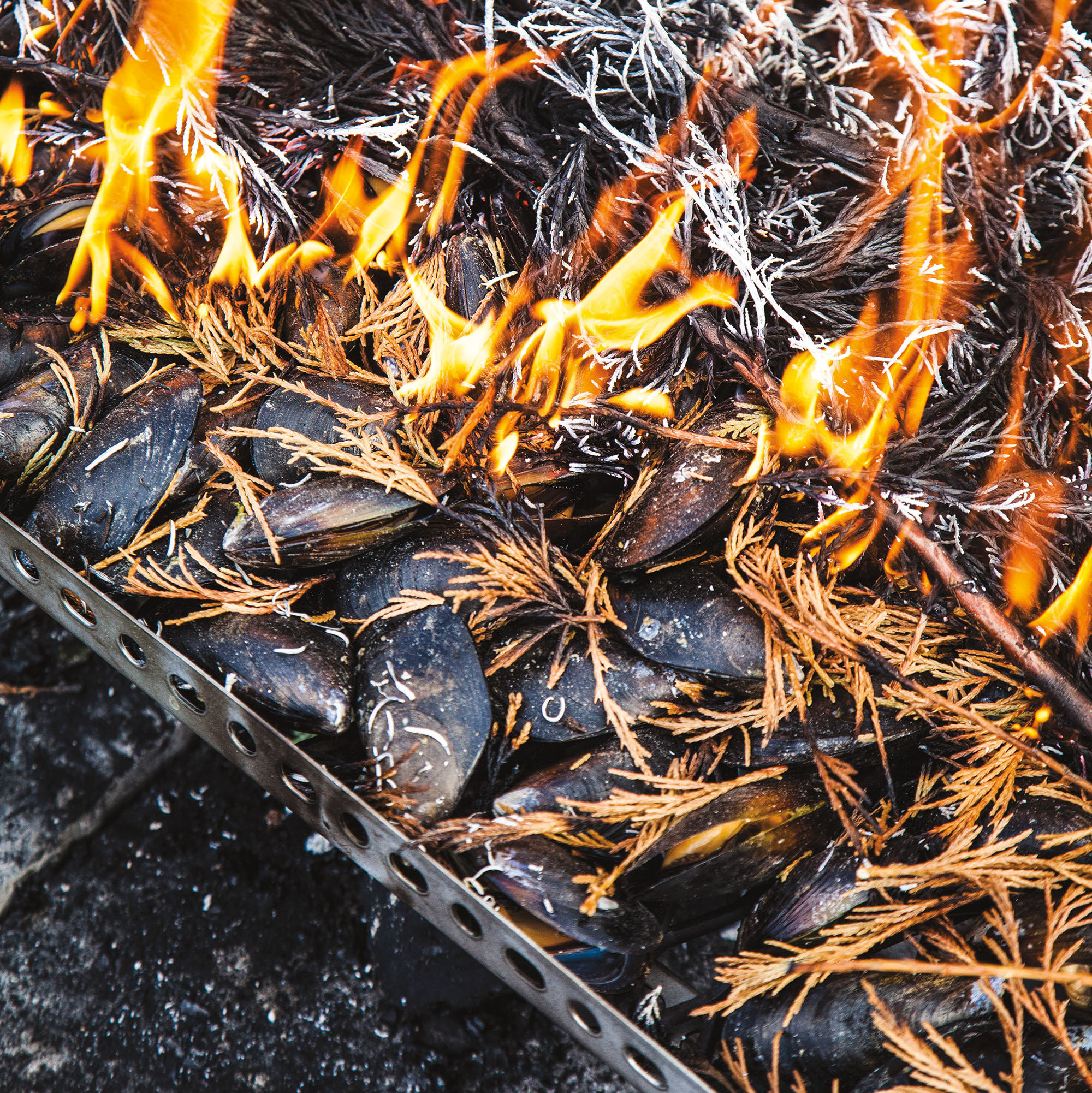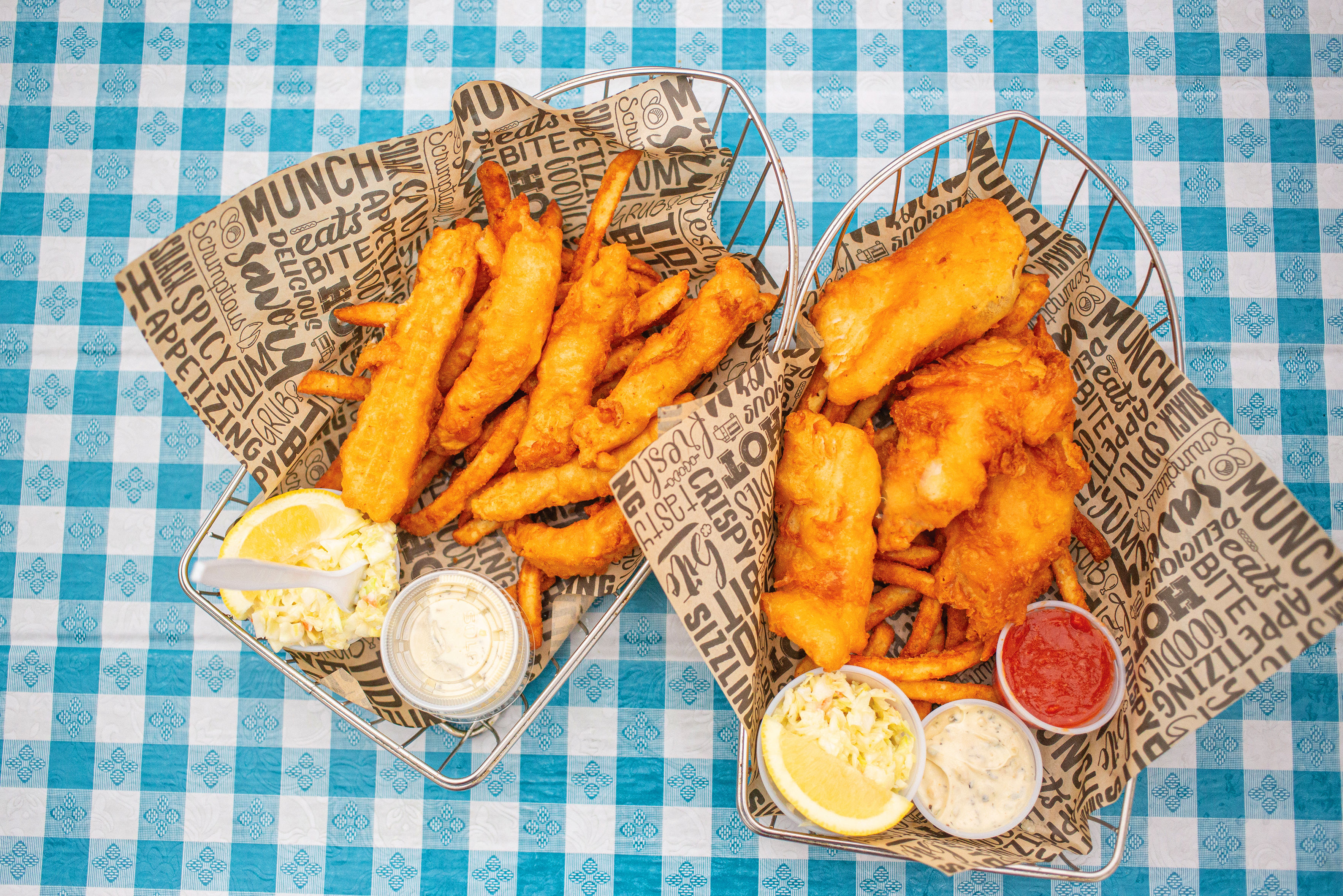Meet One of the Only Divers Who Harvests Uni from the Oregon Coast
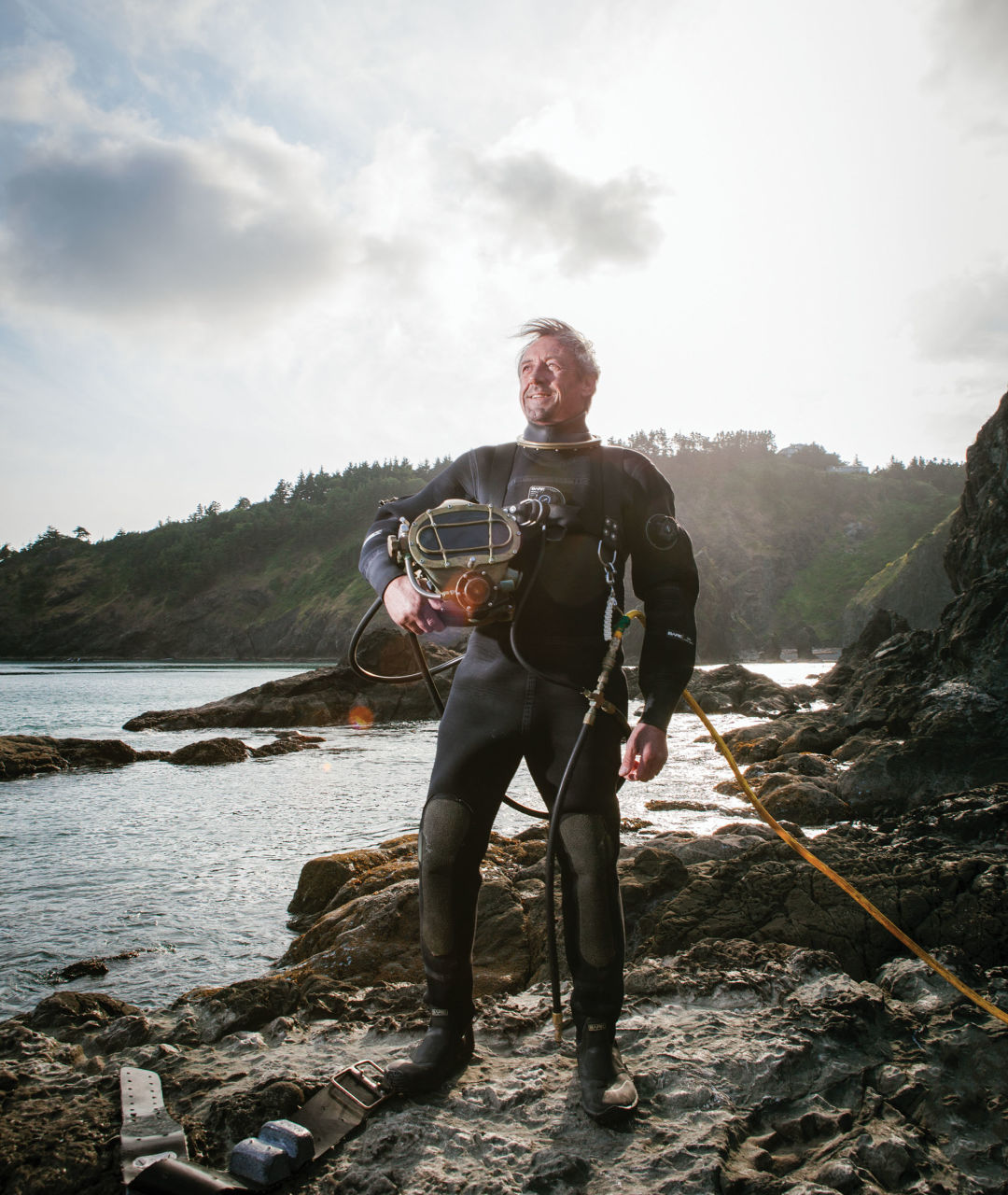
Sea urchin diver Tim Foley full-on lives the life aquatic.
Image: William Anthony
Should you find Oregon uni on a menu, it’s probably from red sea urchin “handpicked” somewhere west of Cape Blanco by Tim Foley or one of his divers. Just 12 urchin permits exist for the entire state; Foley’s team owns six. In commercial fishing, urchin diving is niche and nerve-wracking, kind of like underwater welding (which is something Foley’s also done). Fifty feet down, a diver can get bent, bitten by sea lions, and buffeted by 10-foot swells. Then there’s the harvest itself: mobile pincushions with poisonous spines that can spear a wetsuit. But also like underwater welding, urchin diving is lucrative: Foley, 58, says he’s got a few years of diving left in him before turning, full-time, to his vineyards. (He owns Foley Hill Estate in rural Roseburg.)
I was a welder at a shipyard in Minneapolis; I took an underwater welding course when I was 19. I got laid off when I was 20, and went to a commercial dive school in LA. The College of Oceaneering is what it was called. I was diving in the oil field down in Texas. We’d do jobs in Mexico, in Colombia. Back then, you didn’t have cell phones. You’d get paged and you might be gone for a month. It’s OK when you’re single, partying on the beach, but then I got married.
We were on a job one day, and one of the divers said the urchin thing is taking off in Washington state. So I went up there to check it out. [Then] I worked [California’s] Farallon Islands for three winters. Then we went to Alaska. I’d come [to Oregon] and dive in the summers, thought I might as well get the fishery revived.
Everything was shipped to Japan. None of it stayed in the States. That changed 15 years ago when Japan’s economy went in the dump. So the processors here started selling them to the sushi bars. Then more and more sushi bars opened.
Urchins have five of everything: five teeth, their shell is in five sections. They have little sucker feet all over their shell; they can roll over and stick to whatever they want to. They’ve been here since the dinosaurs. They got a mouth right in the middle, on the bottom. It can protrude from 12 to 15 inches. They eat anything in front of their face.
Right now it’s just my boat. I have four other divers; one is my youngest son. There was another boat that showed up last week from Washington, but I don’t know if he’s going to stick around. Diving in [Puget] Sound is night and day compared with diving out [in Southern Oregon]. Weather conditions, swell, current, wind, plus it’s five miles out from the dock. People get intimidated.
Make sure you have a good air system, dive hoses, a good computer, and a level head. Don’t panic. Losing air, seeing a white shark, getting beat up by a sea lion, you can freak out. Sea lions are a pain in the butt. They bite you, fight back. The big males, they don’t bother us too much. It’s mostly the female sea lions. Three or four of them, they’ll gang up on you.
On these reefs, the water is 40 to 70 feet. At 60 feet, that’s like 30 psi on your body, two atmospheres absolute. The navy dive tables used to be 60 [minutes] for 60 [feet], but guys have been getting bent on those tables. A nonserious one is either skin bends or you get a little rash and bruising—nitrogen buildup. If it gets more serious you get pain in the joints, and you have to go to a chamber [at OHSU] and get decompressed. And if it’s worse than that, you’re basically screwed.
It’s just enjoyable. What you can do is how much money you’ll make. You just go out there, do your stuff, come in and relax: a shower, a glass of wine, and some dinner. I’m thinking I might give it another five years.
